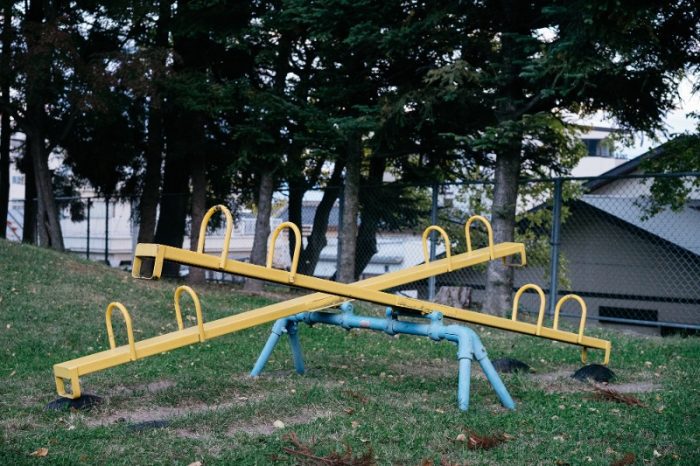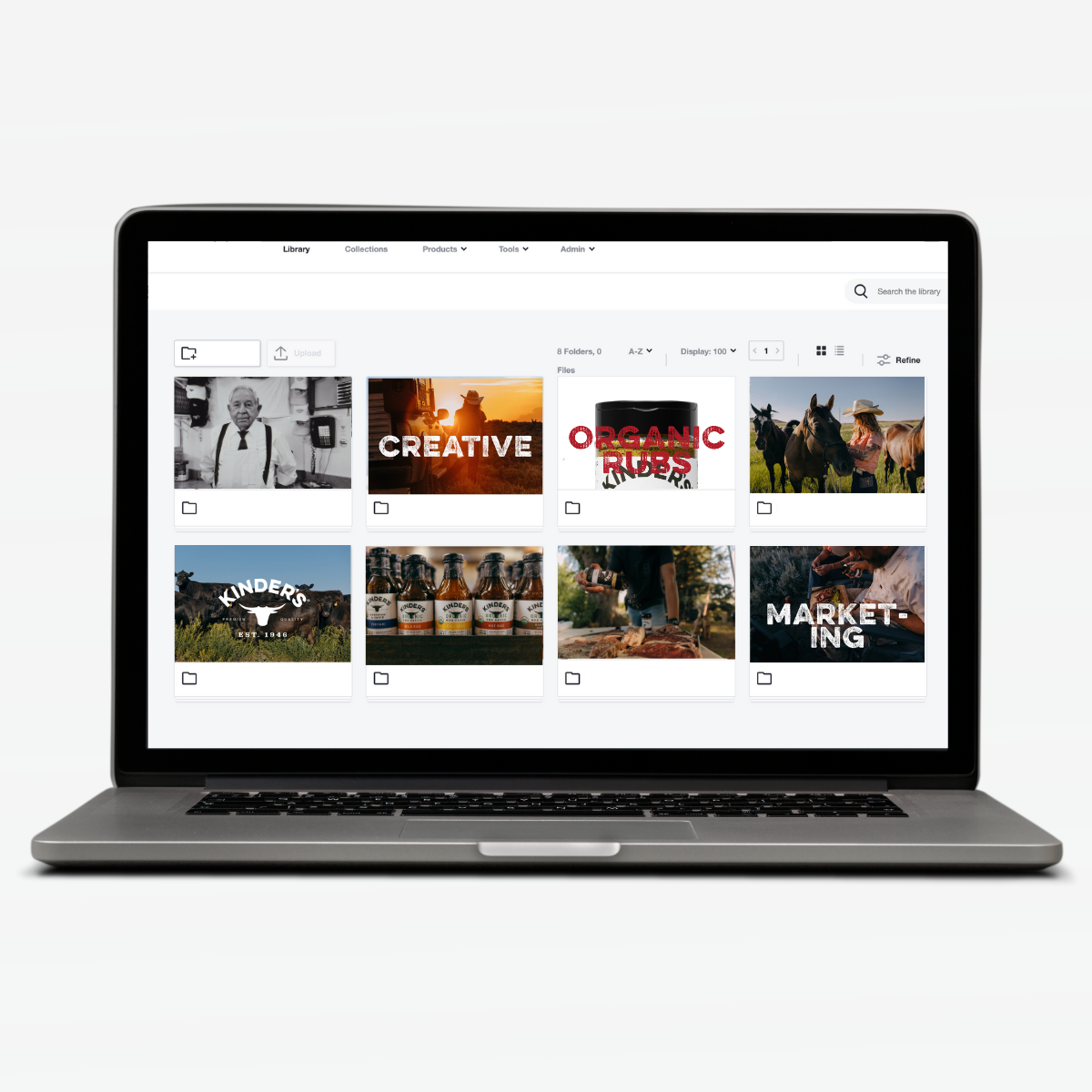When Do You Need a Dedicated DAM Manager?


Not every team needs a specialist to spend most of their time doing digital asset management operations for the organization, but someone serving as a “DAM manager” can play a pivotal role in the success of your digital asset management program. Take this scenario: you’ve gone through the process of purchasing a DAM, and worked with your vendor to set it up based on your needs. You’ve launched an internal campaign introducing the system to your colleagues, and then your interaction with actively managing the DAM mostly ends. As time goes by, you notice that no one is using the DAM. Uploading of new files has slowed, and people still send you links from Google Drive and Dropbox. You’re worried you won’t see the return on investment for which you hoped.
One thing that stands out immediately in the scenario about is that there is no one actively managing the DAM. Like many software applications, a digital asset management system does not manage itself and needs someone to be its “Champion.” There are tasks related to awareness, adoption, organization, and use that need to be worked on over the course of the software’s lifecycle for the DAM program at your organization to achieve success. In the case above, the DAM manager may need to run a new series of training, and show people how to upload, download, and share from the system. They may need to be available to answer questions. These small changes may be the nudge the system needs to really get rolling and become an ingrained part of the team’s daily workflows.
For most of the DAM managers that we work with, managing the DAM is not their full time job. They are often a member of the marketing or communications department, or perhaps part of an agency managing files for clients. We try to make our software easy to use so that it doesn’t need a full-time manager. But depending on the organizations needs, we find that if someone spends between 10% to 50% of their job on managing content, being that DAM manager can make or break having a successful system.
With the DAM manager as the point person for the asset management system, they work as the go-to contact for all questions and concerns their team has about managing digital assets. They are also the person who works with the DAM vendor to manage the account, implementation, upgrades, billing, and more. Below we will outline some of the tasks that a DAM manager can lead, and how this role can benefit your organization.
The Use of Other Tools (or None at All)
When you buy and implement a digital asset management system, the goal is that all of your users will move away from old tools and move to the new system, but this isn’t always what happens. You may find that some users are still using tools like Google Drive, Box, or We Transfer to store and move files around. While these tools may have been useful before you implemented a DAM, they should play less of a role for managing digital assets once the DAM is in place. One of the main reasons to get a DAM after all is to centralize and share files through one location.
When you use a system like Google Drive or Box, files can get spread out over many different accounts, and it can be hard to find out where they live, who the owner is, or who can see them. These tools are often meant as individual storage spaces, not for sharing resources as a team. And with a tool like WeTransfer, a sharelink can be lost in the ether, with neither the ability to track or delete later. A DAM manager will encourage users to adopt the DAM by monitoring the usage of other tools, and by demonstrating the benefits of the new system.
Another issue is that users may not be using the DAM at all! They may be hoarding files on their hard drives, or even worse, thumb drives or CDs. We’ve seen it all! When people have been doing this for the last ten or twenty years, sometimes it can be hard to break old habits. A DAM Manager can go in and explain the benefits of uploading files to the DAM such as the easy ability to share, search, and also the advantage of not losing your files if you lose a thumb drive! This information can be shared one-on-one, but it can also be included in group trainings, which brings us to the next important role of the DAM manager.
Training and User Adoption
If you have lots of folks at your organization who are not aware of the DAM, who don’t understand its functionality, aren't sure how to use it, or don't know where to look for help, you are probably in need of a DAM manager to handle these things. While your DAM provider will often (and should!) provide the initial training and some ongoing service depending on your plan, it’s likely the DAM manager who will be preaching the gospel of the DAM system and spreading the word.
Spreading awareness of the DAM is often something that can only be done by an internal champion. Tactics may include emails, posting on an intranet, training lunch and learns, and posters. You can read more about spreading the word in this blog. In some cases, your DAM provider may provide ongoing training services, but even then you will need to make sure that folks are aware of the tool and then where to find or sign up for those training sessions.
If your DAM provider does not do ongoing training, then it will be the DAM manager’s job to help onboard people to the software. There will always be employees coming and going who will need assistance learning the software, or folks moving into new roles that require them to take a more active role in the DAM. The DAM manager will help make these new users comfortable in the DAM environment so they can make the most of it.
Additionally, it is important for the DAM manager to gather feedback on the DAM. Learning about what users like or dislike about the system, what pain points they are having and if they are finding what they need can help the DAM manager improve the quality of the system and the adoption. Users having a say in the tool also makes them more likely to use it.
An Abundance of Assets
Different organizations create files at different rates. A smaller product company might upload new photographs just once per quarter as new products are released. A university may have several photoshoots a month that need to be uploaded to the system. An advertising agency may have multiple clients they are managing in the DAM and hundreds of new assets every week.
Whatever amount of files you have, they need to be uploaded to the system and stored in the correct place. The more assets you have, the greater the role of the DAM manager in deciding where they need to be stored, if they need to be synced to multiple folders, and who might need access to them. If they are not in the system, then users will not be able to utilize and optimize them. Uploading files to the system and maintaining them is a critical business need.
The DAM manager can make sure that files are being uploaded correctly. If you only have one uploader, they will be the person who gets everything into the system. This might mean reaching out to photographers or designers with upload links so they can upload directly to the DAM. If you have multiple uploaders, then the DAM Manager can make sure that everyone understands the uploading and organizing process. They are there to make sure there are no errant folders being created and that all users are following the naming convention.
Metadata Needs
One of the core tenets of DAM is metadata. It’s one of the main things that differentiates a digital asset management system from other file storage services. But for the metadata to do its job, it first needs to be created by the manager. This means making sure that the metadata schema and controlled vocabulary are in place. If the DAM Manager is the person uploading, then they need to make sure that you are using the correct metadata each time you upload.
If other people are uploading, metadata will need to be added in one of two ways. The first way is to train your uploaders on how to properly use it. You will need to go over what fields are required, and what is the proper information to add to each one. If you do not want uploaders to enter metadata, then the DAM manager will enter it after each upload. You may want to segment off new uploads into a separate area so that you can be sure metadata is added before the assets move to their final location.
Over the years you have your DAM, it will need to be maintained and updated. As new leadership enters the organization, you may need to add their names to metadata categories. Products may come and go and their corresponding information added or removed from a list. You may want to add new fields to your metadata schema over the years to provide more description and context for your assets. There are many things that can happen that will necessitate a change. With a DAM Manager in place, these kinds of tasks can be done thoughtfully at appropriate intervals of time.
Making the Case for a DAM Manager
When you have invested the time and funds into a digital asset management system, you want to ensure that your organization gets the most out of it and that all of your colleagues are able take advantage of the benefits it brings. Having a Manager in place will go a long way towards reaching your goals and meeting your ROI. With leadership in place:
• Your assets gain more value as they are easily found and reused
• Users save time and effort when their searching for files
• Assets are centrally located ensuring business continuity in the case of on-site technical failure or someone leaving the organization
• The system stays up to date and organized with relevant metadata and uploads
• Users are aware of and trained on how to use the system, increasing user adoption
Having someone dedicate even a small portion of their time to the DAM can make it go much further at your organization. With a manager leading the charge, you are sure to reap the benefits of your new digital asset management system.



